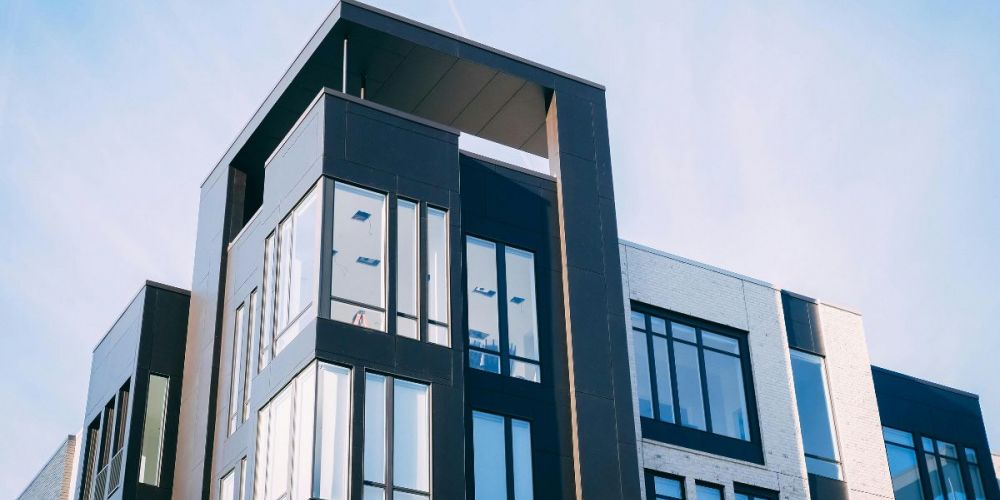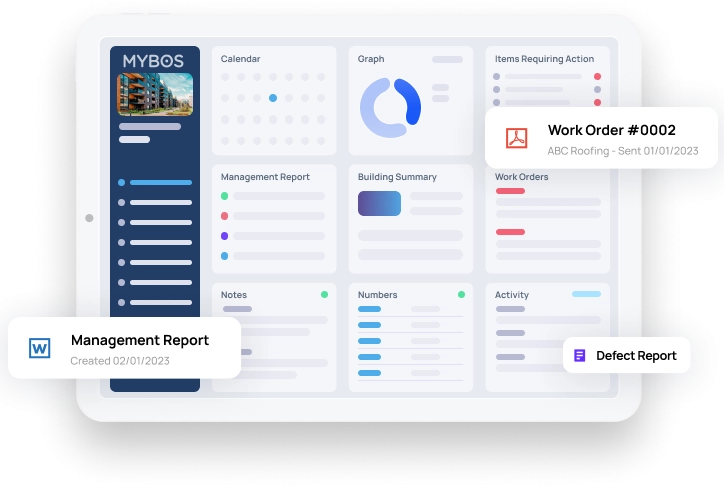
6 Strategies for Managing Multiple Properties Efficiently
Managing multiple properties is no small feat. As portfolios expand, so do the challenges, from tracking leases and maintaining buildings to collecting rent and managing tenants. Managing multiple properties is no small feat. As portfolios expand, so do the challenges, from tracking leases and maintaining buildings to collecting rent and managing tenants. Using building management software can help centralise operations, automate routine tasks, and give property managers better visibility and control over their portfolios.
CBRE reports that national vacancy rates settled at around 1.0% in 2023, a 17-year low, with substantial rental growth approaching 30% year-on-year in some markets. This tight rental market underscores the need for property managers to adopt efficient systems to meet increasing demand.
Whether you’re overseeing a small group of investment properties or managing a large-scale portfolio, these six strategies will help you drive efficiency and improve oversight across all your properties.
1. Centralise Operations with Cloud-Based Property Tools
One of the most impactful ways to simplify property portfolio management is by using cloud-based software solutions. Tools like MYBOS offer comprehensive features that centralise communication, automate routine tasks, and provide access to key data anytime, anywhere. These platforms support functions like rent tracking, maintenance coordination, and document storage, significantly improving workflow.
Cloud-based property tools also help teams stay on the same page across multiple sites, eliminating the delays caused by disconnected systems or manual processes. If you’re managing new developments, MYBOS also offers tailored solutions for property developers.
2. Strengthen Oversight with a Tenant Management System
An efficient tenant management system does more than just store contact details. It creates a centralised hub for communication, lease agreements, maintenance requests, and rent tracking. A cloud-based solution that integrates these functions helps you address issues quickly, keep tenants happy, and minimise turnover.
Tenants expect fast response times and seamless experiences, something you can only provide when you have complete visibility into each property’s needs and status.
The Urban Developer also mentions that integrating smart-access control systems with property management platforms enables residents to book shared facilities, pay rent, request maintenance, and manage deliveries through a unified app. This integration streamlines operations and enhances the resident experience.
3. Simplify Rent Collection with Automation
Manually collecting rent from multiple tenants across different locations can lead to errors and missed payments. Digital rent collection software automates the process with recurring payment features, reminders, and tracking giving both you and your tenants peace of mind.
Automated rent collection software is not only convenient; it’s vital for accurate financial reporting and consistent cash flow. It’s also a key element of real estate management software that can scale with your portfolio.
According to Colliers, superior accounting and reporting systems are essential to successful asset and property management. Accurate, reliable and timely accounting systems and procedures are crucial to the performance of any business.
4. Digitise Your Lease Administration Process
Efficient lease administration is fundamental for avoiding legal issues, staying compliant, and keeping properties occupied. Lease renewals, terminations, and rent increases should be tracked and scheduled in one central place. Without a proper system, critical dates can easily be missed, leading to costly vacancies or disputes.
Lease management tools help you stay ahead of renewals and expiry dates. For properties just transitioning from construction to occupancy, knowing what steps to take after development is complete can be a crucial advantage.
5. Coordinate Maintenance Proactively
Maintenance is one of the most time-consuming aspects of property management, especially when it’s reactive. A planned approach using digital scheduling and request systems ensures small problems don’t turn into big expenses.
Platforms like MYBOS allow tenants to submit maintenance requests online while managers can assign, track, and follow up on jobs all in real time. Proactive upkeep also ties closely to regular inspections. If you’re not conducting consistent checks, read why regular building inspections are critical to long-term portfolio health.
6. Monitor and Analyse Investment Performance
Keeping an eye on your property performance is essential for maximising returns. Key performance indicators like rental yield, occupancy rates, and maintenance costs help you understand what’s working and where to adjust. Many cloud-based systems offer dashboards and custom reporting tools to visualise this data easily.
When you know how each property is performing, you can make smarter decisions about asset upgrades, rent adjustments, and divestment. This is particularly important for owners managing growing portfolios who need strong investment property oversight tools.
Mastering Multi-Property Management: Your Next Steps
Managing a large property portfolio doesn’t have to mean endless spreadsheets and late-night admin. With the right tools and strategy in place – from cloud-based solutions to proactive tenant and maintenance management – real estate professionals can streamline operations and focus on growth.
If you’re ready to simplify how you manage properties, book a demo today to see how MYBOS can help your team save time, reduce errors, and stay ahead in an increasingly competitive market.




